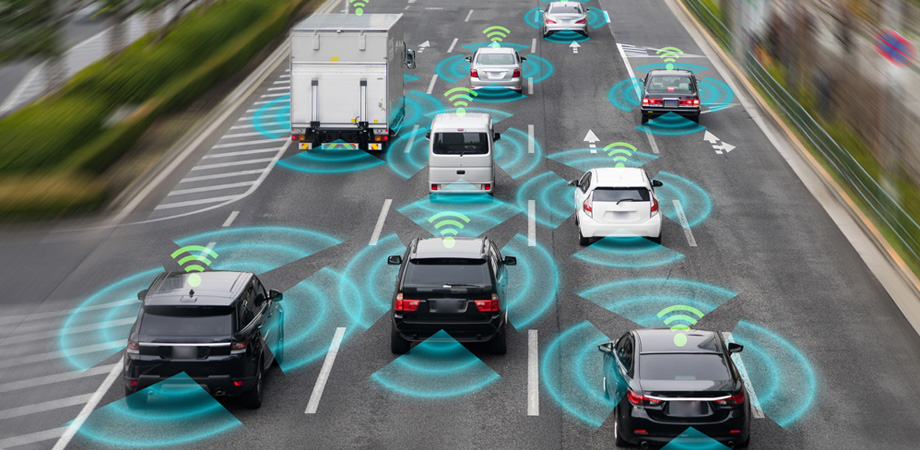Lidar Drives Toward the Future

The future of automobiles is autonomous. Advances in light detecting and ranging (lidar) sensors and other sensing technologies are quickly bringing that future into the present. However, the assumption that self-driving vehicles will result in safer roads and highways by reducing human error relies on the idea that sensing technologies will advance enough to permeate the automotive market on a large scale. Technologies such as millimeter wave radar, ultrasonic sensors, and chromatic imaging have already done that, but development of lidar for self-driving cars has lagged, partly because little research has been done into the risks of signal interference among different vehicles' lidar systems.
Research has shown that interference between lidars can happen when the beam sent from one lidar is scattered and returned or transmitted directly to another lidar. Lidar interference has been shown to happen if the lidars' optical axes intersect and if a hard or volumetrically scattering target is present where they intersect. If multiple self-driving vehicles are at a busy intersection, the lidars from each vehicle would have the potential to interfere with the others. It is possible that incorrect data could be returned because of the presence of other lidar sources, possibly resulting in collisions.
Mathematical Model
Given the pressing need for lidar technology to adapt for use in autonomous vehicles, mathematical models may seem like an overly academic consideration. However, models predicting the risk of interlidar interference are rare in scientific literature, and the existing works do not offer a quantitative look at the interference mechanisms. The few works that do exist have shown that interference can be modeled with simple geometry. Mathematical considerations are necessary now to direct engineering requirements, with simultaneous consideration of safety and deployment at scale.
Gerald Popko and colleagues, reporting in Optical Engineering, presented a methodology to analyze interference effects between spindle-type lidar scanners that would likely be used in autonomous vehicles and would be suited for general multilidar applications. Their experiment used the methodology to analyze conditions for interference between lidars. They tested four different configurations using multiple lidars. Their tests confirmed previous research into interference and established standard reference points for a geometric lidar model. The results supported at least two forms of interference that had previously only been theorized: direct interference and scattered interference.
While direct interference was found to occur more frequently, scattered interference resulted in much larger range error. In the case of self-driving vehicles, scattered interference could present more risk because it could create larger errors than direct interference would.
The authors believe that better understanding lidar interference can continue to be developed using the models proposed in previous research along with their enhanced characterization of lidar interference modes. "Though simple geometry was used to develop an initial understanding of the phenomenon, the analysis methodology can be applied to more complex situations such as out-of-plane scanners, complex target geometries, non-Lambertian surfaces, and multiple reflection environments. With this collective understanding, lidar engineering can account for this phenomenon through quantitative and qualitative anticipation of its effects to ensure the safe and reliable application of lidar sensors in greater density."
Read the original research article in Optical Engineering: G. Popko, T. Gaylord, and C. Valenta, "Interference measurements between single-beam, mechanical scanning, time-of-flight lidars," Opt. Eng. 59(5), 053106 (2020). doi: 10.1117/1.OE.59.5.053106



